In the world of online advertising, targeting the right audience is crucial for the success of Google Ads campaigns. By reaching the right people with the right message, businesses can maximize their return on investment and achieve their marketing goals effectively.
This comprehensive guide aims to provide you with the best practices for audience targeting using Google Ads.
Understanding Your Audience

Before delving into Google Ads audience targeting intricacies, defining your audience is paramount. Grasping your audience’s essence enables tailored campaigns that resonate with their needs and desires.
Demographics: Pinpoint crucial factors like age, gender, location, income, and occupation to target specific groups likely to convert.
Psychographics: Delve into audience psychology – values, interests, lifestyle – to align messaging with desires, elevating campaign relevance.
Buyer Personas: Craft fictional ideal customer profiles to tailor ads to each segment’s unique traits, goals, and preferences.
Researching Keywords for Targeting
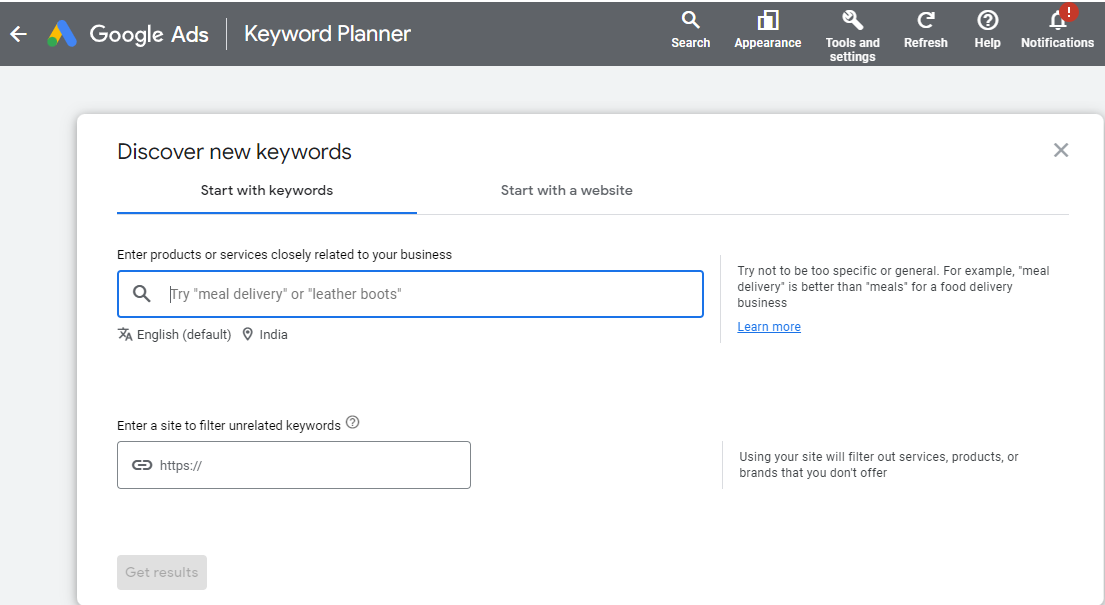

Keyword research is a foundation for Google Ads audience targeting. Spot-on keywords ensure your ads appear to users actively seeking similar products or services.
Keyword Tools: Leverage tools like Google Keyword Planner, SEMrush, or Moz’s Keyword Explorer to identify high-search, low-competition keywords.
Long-Tail Keywords: Opt for specific, longer phrases for a focused audience and better conversion rates. These keywords usually have less competition and target users closer to making decisions.
Google Analytics for Audience Insights


Google Analytics offers vital insights into website visitors. Harness this platform to deepen audience understanding and make data-driven Google Ads decisions.
Key Metrics: Analyze demographics, interests, behavior, and acquisition channels for insights into who your audience is and how they engage.
High-Potential Segments: Segment audiences based on demographics, behavior, or interests. Target high-potential segments for precise campaign targeting.
Creating Compelling Ad Copy
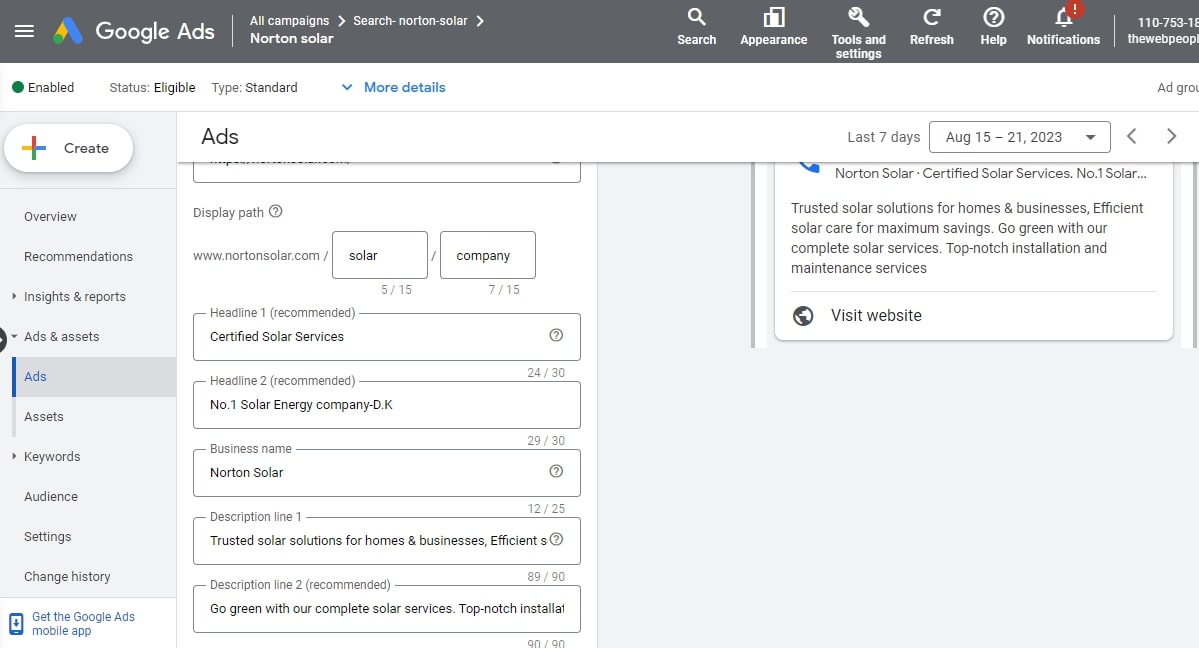

Compelling ad copy is vital for engaging your audience and driving action. Persuasive language increases click-through rates and conversions.
Headlines: Craft attention-grabbing headlines with action verbs, questions, or unique propositions to prompt users to click.
Calls to Action (CTAs): Include strong CTAs like “Shop Now,” “Sign Up Today,” or “Limited Time Offer” to drive immediate action.
Effective Ad Campaign Structuring
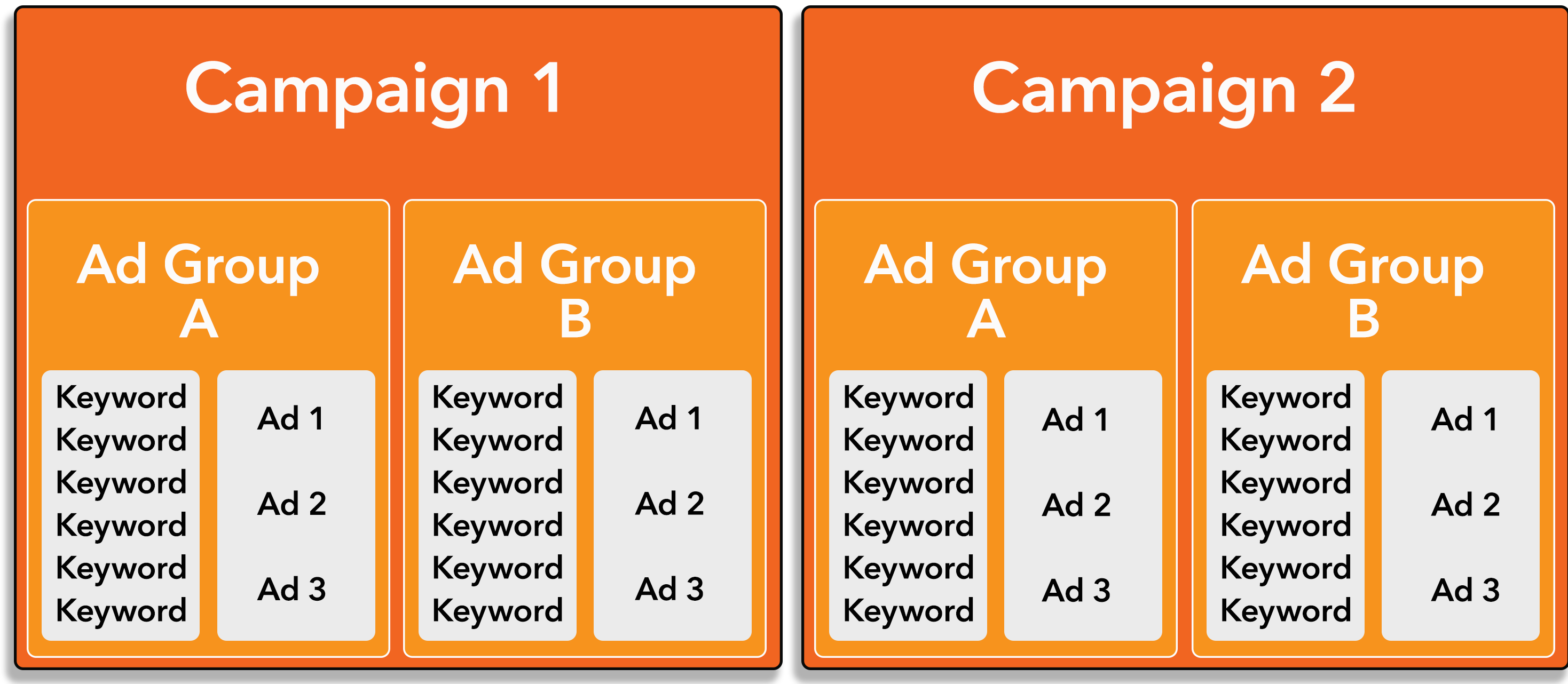

Organize ad campaigns for accurate targeting and management. Structured campaigns and ad groups streamline efforts and boost performance.
Organization: Group campaigns by categories, demographics, or objectives. Create ad groups within campaigns to refine targeting further.
Ad Extensions: Utilize extensions like sitelinks, callouts, and promotions to offer more information and increase ad visibility.
Leveraging Google Ads Targeting Tools
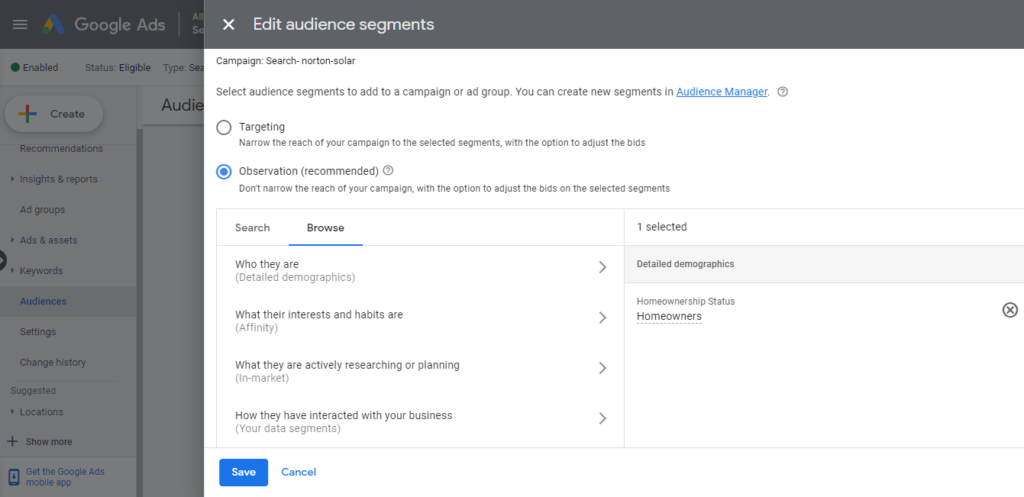

Google Ads provides advanced targeting options for refined audience reach. Leveraging these tools boosts campaign effectiveness.
Demographic Targeting: Refine by age, gender, parental status, and income to optimize ad spend.
Interest-Based Targeting: Reach users interested in your offering by aligning ads with their online behaviors.
Remarketing: Show ads to users who previously engaged with your site, enhancing brand recall.
Ad Placement Optimization


Choose appropriate ad placements to maximize audience reach and visibility.
Display Network: Extend reach on websites, videos, and apps by targeting topics, interests, or placements.
YouTube: Target specific channels or videos to engage users with relevant content.
Mobile Optimization: Adapt ads for mobile devices to capture mobile users effectively.
Testing and Optimizing Ad Performance
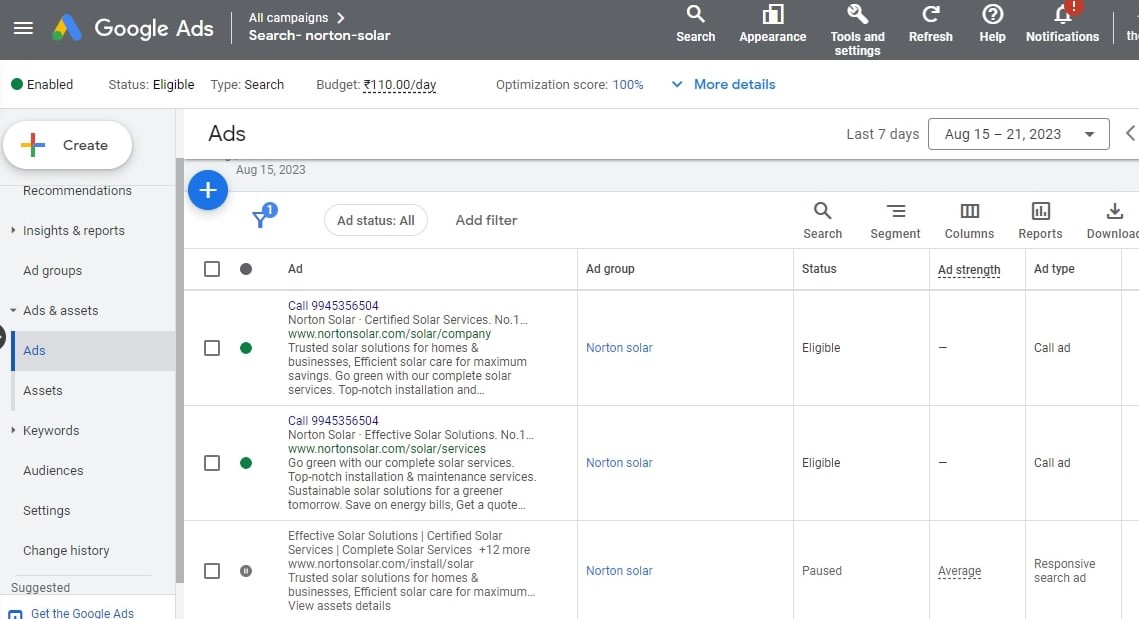

Regularly test and optimize ad performance to refine strategies.
A/B Testing: Test variations of ads to identify resonating elements.
Performance Analysis: Analyze metrics like CTR, conversion rate, and cost-per-conversion to optimize campaigns.
Ad Budget and Bidding Strategies


Allocate budgets and implement bidding strategies wisely for optimal results.
Budget Allocation: Allocate budget based on conversion value, CPC, and customer lifetime value.
Bidding Strategies: Choose manual or automated bidding aligned with goals.
Measuring Success and ROI


Measure campaign success and ROI for strategy refinement.
KPIs and Tracking: Track metrics like CTR, conversion rate, and ROI for accurate measurement.
ROI Assessment: Evaluate ROI to identify profitable strategies and optimize resource allocation.
Monitoring Competitors
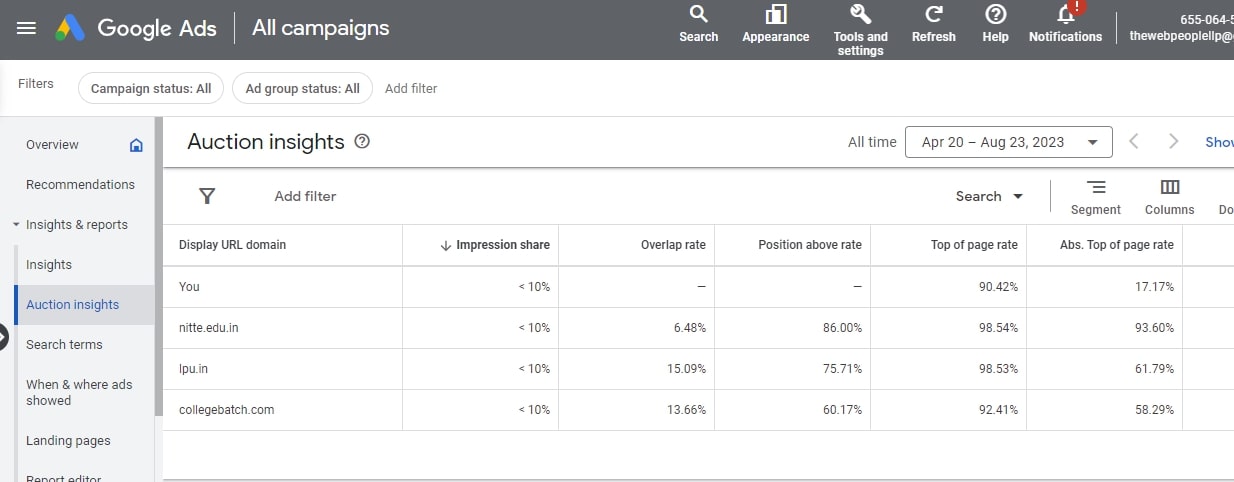

Stay ahead by analyzing competitor strategies.
Ad Copy Analysis: Observe competitor ad copy and adapt successful elements while maintaining uniqueness.
Strategy Incorporation: Implement successful strategies while retaining your brand’s voice.
Utilizing Ad Extensions
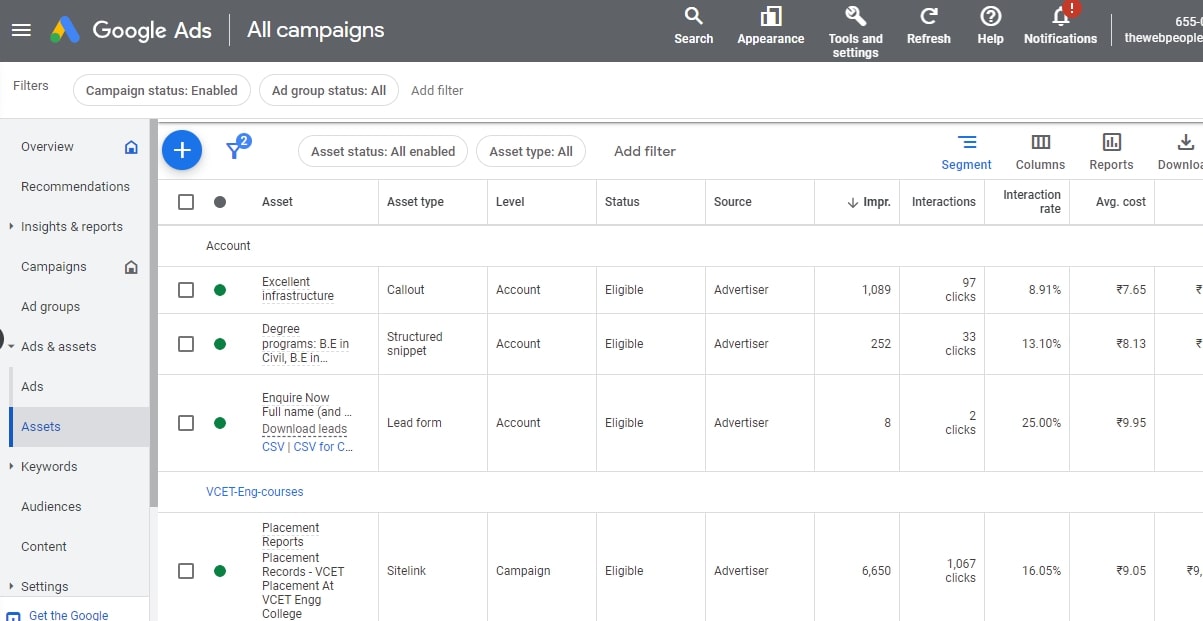

Enhance ads using Google Ad extensions.
Sitelink Extensions: Add links for varied landing pages, offering users choice and enhancing user experience.
Callout Extensions: Highlight product benefits to grab user attention.
Promotion Extensions: Showcase special offers or pricing to prompt immediate action.
Optimizing Landing Pages


Craft landing pages that cater for your audience.
Buyer Persona Alignment: Tailor landing pages to different segments based on buyer personas.
Page Load Time: Optimize page load time for better user experience.
Developing a Remarketing Strategy
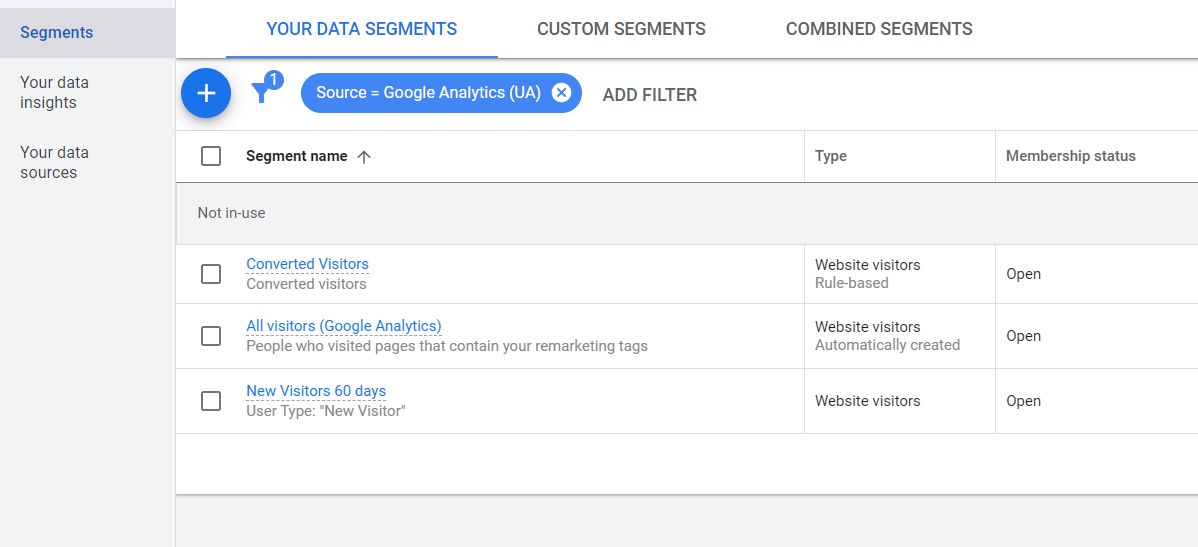

Implement a strategic remarketing plan.
Website Re targeting: Show ads to users who visit your site.
Personalized Ads: Use customer data for tailored ads.
Partnering with Influencers and Affiliates


Collaborating with influencers and affiliates for audience targeting
Identifying Relevant Influencers: Find influencers whose audience aligns with your target. Consider niche, demographics, engagement, and authenticity.
Establishing Affiliate Marketing: Create a program for affiliates to promote your brand. Offer incentives, provide resources, track performance, and ensure transparency.
Adapting to Evolving Audience Trends


Staying updated with audience trends and preferences
Monitor Demographics and Interests: Keep track of shifts in audience demographics and interests through analytics and research.
Adapt Targeting Strategies: Adjust your targeting approaches based on the gathered insights to ensure relevance and engagement.
Frequently asked questions(FAQ’s)
How does targeting the right audience impact Google Ads campaign performance?
Targeting the right audience improves relevancy, increasing ad engagement and conversions while reducing costs and ad fatigue.
What are the best practices for crafting compelling ad copy?
Focus on user benefits, use strong CTAs, maintain consistency with landing pages, and A/B test different variations.
Which targeting tools in Google Ads yield the best audience-focused results?
Tools like “Similar Audiences,” “Custom Intent Audiences,” and “In-market Audiences” are effective for audience-focused targeting.
How can budget allocation be optimized for audience targeting?
Allocate budget based on the value of different audience segments, emphasizing those with higher conversion potential and ROI.
What are some common mistakes to avoid when targeting the right audience with Google Ads?
Avoid broad targeting, neglecting data analysis, using generic ad copy, and not adjusting strategies based on audience behavior.
Are you in search of cost-free tools to enhance the effectiveness of your online advertising campaigns? If so, take a moment to explore this blog post: list of free PPC tools to enhance your strategies.
Unlock your business’s potential with precision-targeted Google Ads campaigns. Partner with our expert Google Ad agency today and reach the perfect audience for maximum impact. Let’s turn clicks into customers together.
Conclusions
Precision in audience targeting is crucial for Google Ads success. By combining demographic insights, strategic ad placements, and compelling copy, businesses can create effective campaigns. These practices lead to ROI-driven results and foster lasting customer connections in an evolving digital landscape.

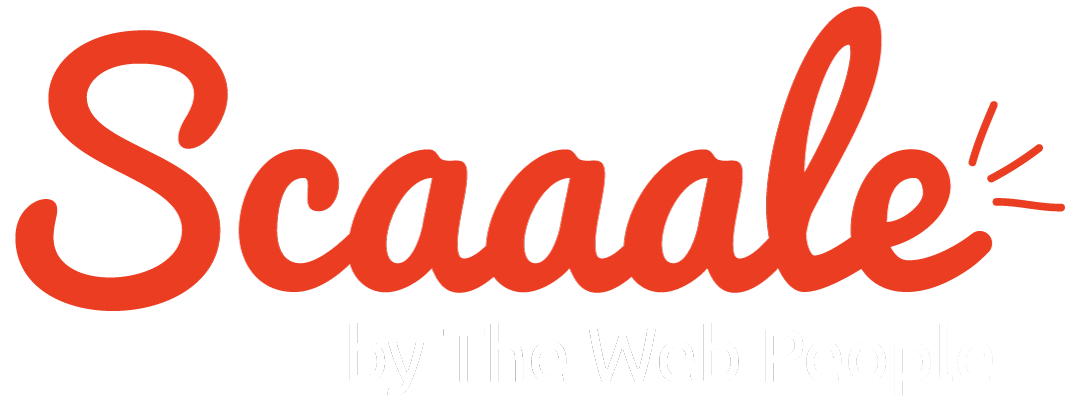






1 Comment